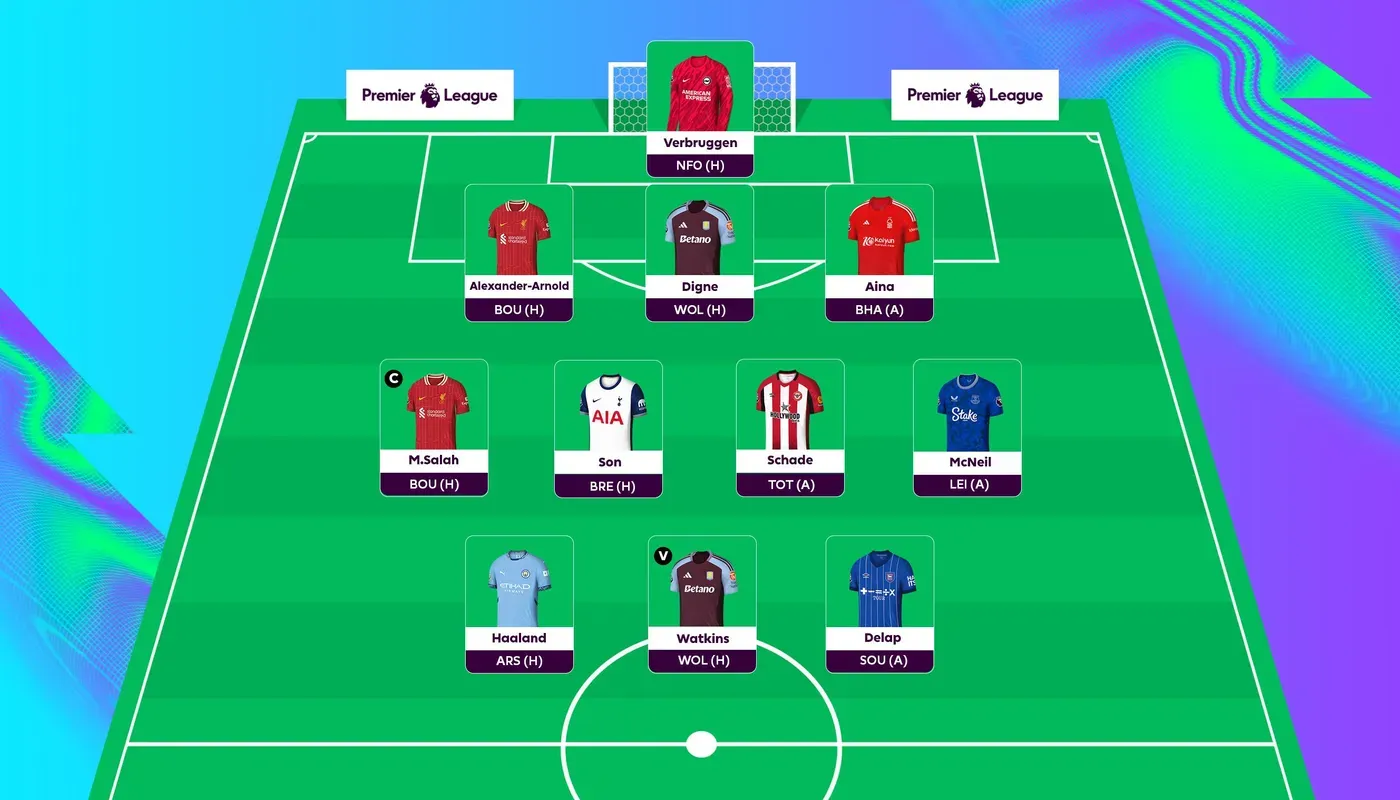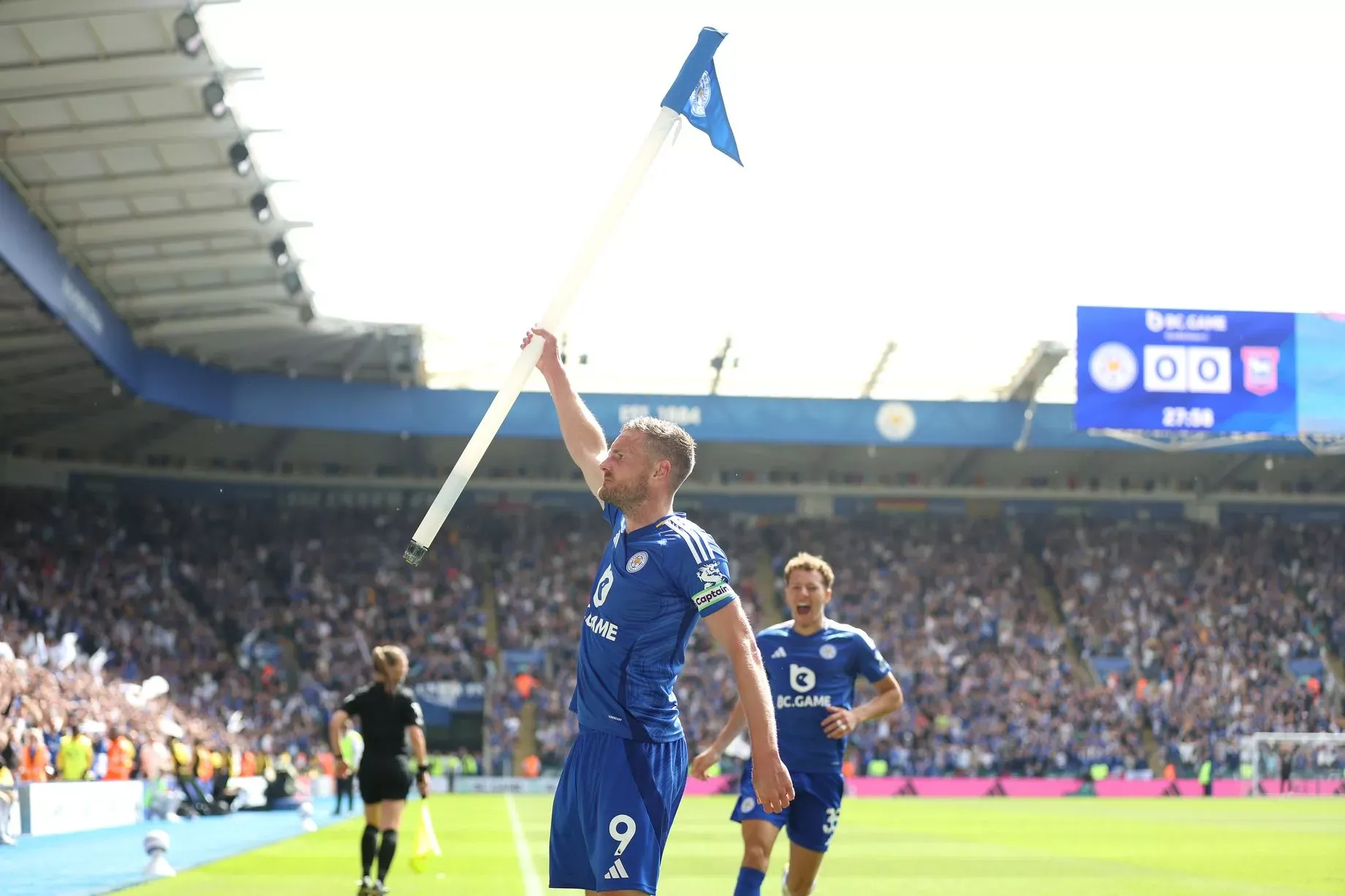The Amazing Case of Premier League's Fantasy Football: A PLG Powerhouse for User Engagement

There was a subtle comparison running through my mind while watching today’s Super Sunday match — right after that thrilling showdown between Everton and West Ham. Bowen scored a stunning goal. It wasn’t enough to save West Ham from defeat, but it was more than enough to remind me why the Premier League is so special. Beautiful football doesn’t just happen in clashes between the giants. It can come from any fixture, any team.
You asked ChatGPT about product-led growth (PLG) and, of course, it pointed you to the usual SaaS success stories — Slack, Notion, Figma. Sound familiar? Same here. I’ve worked at non-SaaS companies, so those case studies often felt... distant.
But here’s the thing: PLG isn’t exclusive to SaaS. At its core, PLG is about leveraging product-qualified leads — users already experiencing your product — to drive growth. Unlike sales- or marketing-qualified leads, these users are already in the door. Your job? Convert usage into revenue.
As a devoted Manchester United fan, I’ve spent more than my fair share of weekends buried deep in Premier League fixtures — waiting for some magic moment to get out of the cave. But beyond the emotional rollercoaster, I’ve also come to appreciate the Premier League for something else entirely: Fantasy Football. It's one of the most compelling, real-world examples of product-led growth in action — a role model in organic user acquisition, retention, and virality.
As one of the world’s premier sports properties, the Premier League capitalizes on marquee matchups — the big-name clashes every Super Sunday. But what about the lower-profile fixtures? How do you get fans to care about a game between Crystal Palace and Brighton? Marketing might bring in a few Son or Mitoma followers from Korea or Japan to the stadium — but Fantasy Football does the heavy lifting. It gives every match a stake, every player a storyline, and every user a reason to tune in.

First things first: Fantasy Football is a game built on real-world Premier League action. Players are given a virtual budget to assemble a squad using real footballers, priced according to their actual performance data. Each game week, managers make transfers, adjust lineups, and select their starting eleven — then earn points based on how those players perform in the actual matches. Bonus points come into play for smart choices like captain and vice-captain picks. The game even introduces small bets or rewards to raise the stakes. It’s strategy meets sport, powered entirely by real events.
I was hooked on Fantasy Football the moment the first game week results dropped. That unexpected thrill — like watching Danny Welbeck rack up triple the points of Erling Haaland — had me hooked. I started studying players more seriously. The deeper I researched, the more matches I watched. I dropped my bias for big names and discovered that players like Eze, Mateta, Wissa, and Elanga could deliver just as much impact as the league’s stars.

More importantly, I started treating every match equally. Sure, Super Sunday is still appointment viewing — but so is the final home game of Jamie Vardy at Leicester. Fantasy didn’t just deepen my engagement. It democratized it. Every fixture became a story worth watching.
One day, during a mid-game review on K+, the commentators casually mentioned Fantasy Football — and suddenly, everything clicked. It answered the question I’d always wondered: How do today’s commentators know so much about Premier League players, even those from mid-table clubs? Simple. They’re playing Fantasy Football too. Just like me. It also explained why their depth of knowledge doesn’t always carry over to leagues like Serie A or La Liga — because, like many of us, they’re fully immersed in the Premier League ecosystem that Fantasy creates.
From a product manager’s lens, Fantasy Football is a blueprint for product-led growth done right. No sales team, no pushy onboarding — users discover it, play it, and naturally pull others in. The product itself is the funnel. Its built-in virality kicks in through office leagues, group chats, and weekend banter — the more friends join, the stickier it gets. Engagement runs deep: weekly squad tweaks, transfers, captain dilemmas — all designed to bring users back, every single game week. And then there’s the emotional layer. This isn’t just gameplay — it’s pride, bragging rights, heartbreak. Users are invested. Add to that the network effect — where the product becomes exponentially better with friends in the loop — and you’ve got a living, breathing example of how great product design can drive growth at scale, with zero paid acquisition.
Sales and marketing teams often operate above the surface — focused on the visible tip of the iceberg, where results need to move fast. But when done right, a great product doesn't chase users — it compels them to play, return, care, and advocate. Fantasy Football proves this brilliantly. It shows us that some of the most powerful product-led engines aren’t flashy or loud — they’re quietly embedded in team colors, mid-table clashes, and last-minute transfers — hidden in plain sight, powered not by hype, but by product gravity.
